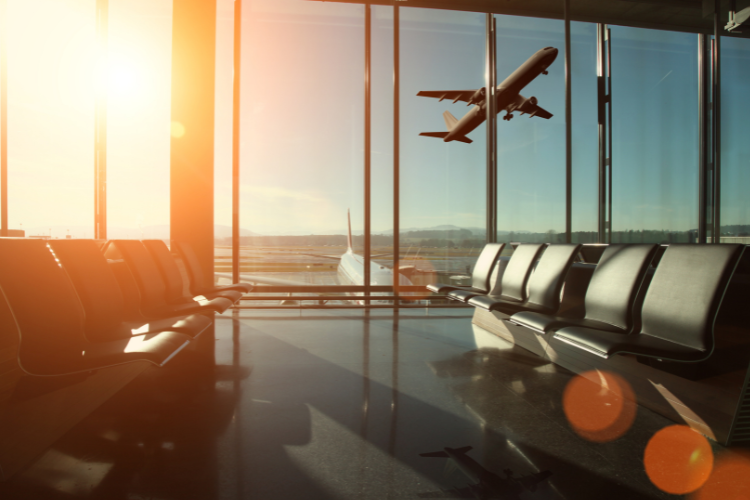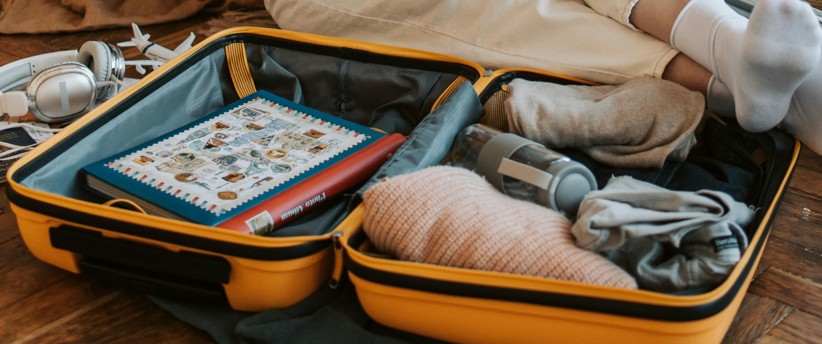
Top Safety Hacks for Traveling

Traveling offers the thrill of new experiences, cultures, and landscapes, but it also comes with its fair share of risks. From petty theft to health hazards and digital threats, staying safe while traveling is essential. The good news? A few smart safety hacks can go a long way in protecting yourself on the go. Heading off for a weekend getaway? Going on a long-term global adventure? Wherever your travel takes you, these practical tips will help keep your trip safe and stress-free.
1. Pack a Dummy Wallet
One of the simplest yet most effective travel safety hacks is carrying a dummy wallet. Keep a small amount of cash, expired cards, and perhaps a few decoy receipts in an inexpensive wallet. In case of a mugging or pickpocketing, you can hand over this wallet and protect your real one, which you should keep securely in a money belt or hidden pouch.
2. Share Your Itinerary With Someone You Trust
Always let a family member or close friend know your travel plans. Share your flight details, accommodation info, and any tour bookings. If your plans change, update them. In case something goes wrong or you lose contact, they’ll have a reference point to help locate you.
3. Be Wary of Public Wi-Fi
Public Wi-Fi networks in airports, cafes, and hotels can be goldmines for hackers. Avoid logging into sensitive accounts or making financial transactions on public networks. Consider using a VPN (Virtual Private Network) to encrypt your data and keep your personal information secure.
4. Carry a Door Stopper for Extra Security
Hotel rooms aren’t always as secure as they appear. Carry a small, rubber door stopper and wedge it under your room’s door from the inside. It’s a low-cost, highly effective way to prevent unwanted intrusions.
5. Learn Basic Local Phrases
Communication barriers can complicate emergencies. Learn a few key phrases in the local language, such as “Help,” “I need a doctor,” and “Where is the police station?” You don’t need to be fluent, but a basic understanding can make a huge difference in the middle of an emergency.
6. Wear EMF Protective Clothing
Electromagnetic fields (EMFs) from devices and wireless networks are everywhere – especially in airports. Wearing EMF protective clothing, such as a faraday beanie, can help shield your head from constant exposure. This is particularly useful in high-tech cities or during long flights where you’re surrounded by electronic devices.
7. Don’t Flash Your Valuables
That new smartphone or designer watch might seem like a normal part of your wardrobe, but in some parts of the world, it’s a clear target for theft. Keep your gadgets and jewelry out of sight when you’re not using them, and consider taking less flashy substitutes when you travel.
8. Use Luggage Locks and Tags
Securing your suitcase with TSA-approved locks will deter theft and also ensure your bag stays closed during handling. Personalized luggage tags help prevent mix-ups and make your bag easier to identify at busy carousels.
9. Download Offline Maps and Emergency Apps
Getting lost in an unfamiliar place can be more than just inconvenient — it can be dangerous. Download offline maps before you arrive, and install apps like SmartTraveler or GeoSure that provide localized safety updates. Add the emergency numbers for the country you’re visiting to your phone.
10. Blend In With the Locals
Try to dress like the locals to avoid drawing attention to yourself. Avoid touristy apparel like branded travel shirts, oversized backpacks, or obvious guidebooks. The more you blend in, the less likely you are to be targeted by scammers or pickpockets.
11. Sanitize Regularly
Health should be at the top of your safety checklist. Travel exposes you to unfamiliar bacteria and germs. Carry hand sanitizer, disinfectant wipes, and use them regularly, especially before eating or after touching high-contact surfaces like railings, ATMs, or public restroom doors.
12. Book Transportation Through Trusted Services
Always use well-known ride-hailing apps or hotel-recommended taxis. Avoid unlicensed cabs or accepting rides from strangers. If you must use public transport, research the safest routes and times in advance.
13. Keep Digital Copies of Important Documents
Losing your passport or travel documents can quickly turn into a nightmare. Take clear photos of your passport, visa, travel insurance, and other critical documents. Store them on a secure cloud service and email a copy to yourself as a backup.
14. Stay Sober in Unfamiliar Environments
There’s nothing wrong with enjoying a cocktail or two on your vacation, but getting drunk in an unfamiliar city is risky. Alcohol impairs your judgment and reaction time, making you an easier target for theft or assault. If you plan to drink, do so in moderation and with people you trust.
15. Research Local Scams
Every country has its common scams targeting tourists. From taxi fare rip-offs to staged distractions in crowded places, being aware of them in advance gives you the upper hand. Do a quick online search before you go and make mental notes of what to look out for.
Conclusion
Staying safe while traveling doesn’t mean you’re paranoid. It means you’re prepared. These simple yet effective hacks can minimize risks and keep your adventures enjoyable. The world is full of wonders waiting to be explored. With these smart travel safety strategies, you can roam freely and confidently, knowing you’re doing everything possible to stay secure.



